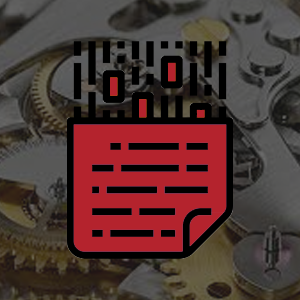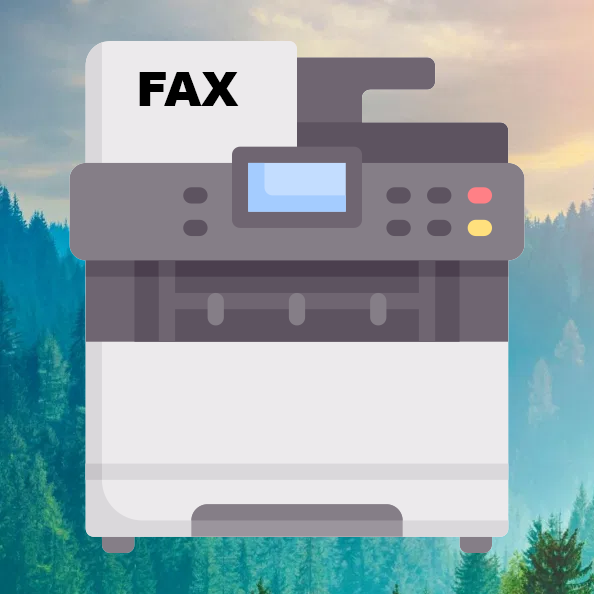Important Fax Terminology Explained
 It’s easy to get lost in some of the three and four-letter acronyms that surround the world of business fax, healthcare fax, and telephony. Terms like Caller ID, CNAM, and CSID are sometimes used interchangeably, even though there are some very important distinctions. Others, such as DNIS and DID, are also important to understand. Here’s a brief guide to some of the essential terms that come up when we are talking about fax:
It’s easy to get lost in some of the three and four-letter acronyms that surround the world of business fax, healthcare fax, and telephony. Terms like Caller ID, CNAM, and CSID are sometimes used interchangeably, even though there are some very important distinctions. Others, such as DNIS and DID, are also important to understand. Here’s a brief guide to some of the essential terms that come up when we are talking about fax:
Caller ID is a term that virtually everyone is familiar with. When your home phone rings, it typically displays the name and number of the person calling. Although we commonly refer to that as Caller ID, technically, that term only refers to the ten-digit phone number. The rest, – that is, the name, – is provided by CNAM, which stands for “Calling Name”.
The most important thing to understand about Caller ID and CNAM is that they do not always provide accurate information. Caller ID information is provided by the phone service that originates the call. Typically, the phone carrier on the receiving end of a call cross-references that number to a database of phone numbers to determine a name (the CNAM). Not all carriers necessarily use the same database, which means that the name associated with your phone number might show up differently, depending on who you are calling.
Caller ID and CNAM can be spoofed; meaning that a caller may intentionally modify the information to obscure their identity, or to appear to be someone they are not. For this reason, Caller ID and CNAM should never be relied upon as a guaranteed method of identifying a caller.
A Called Subscriber Identification (CSID) is an alphanumeric string that is part of the fax protocol. In other words, whenever you send a fax, part of the information you transmit is the CSID. Normally, you would set that up just once for your cloud fax account, or for a specific fax machine. It functions like a “Reply to” address, informing the receiver as to who sent the fax. It can contain numbers, letters, and punctuation. In most cases, it will include the sending fax number, along with a company name. “Acme Inc. (303) 555-1212” for instance.
Automatic Number Identification (ANI) is implemented by telecom carriers to determine which phone number originated a fax transmission or telephone call. ANI is different, both conceptually and technically, from caller ID service. A caller’s telephone number and line type are captured by the ANI service even if caller ID blocking is activated.
This distinction is important because some receivers may block calls or transmissions that originate from an invalid ANI. If you’re using the WestFax API to send a fax via our cloud fax service, for example, the ANI value must be set to a valid number. Otherwise, the receiver might block it as spam.
The Dialed Number Identification Service (DNIS) notifies the recipient as to which number the caller dialed. This is important for situations in which calls to various phone numbers may be routed to the same recipient. A call center that receives calls on behalf of several different companies or brands, for example, may need to distinguish between incoming calls from customers of company ABC vs. incoming calls from customers of company XYZ. DNIS provides them with that information.
Direct Inward Dial (DID) can best be described as a virtual phone number that can ring directly through to an individual’s phone extension, without the need for a dedicated phone line. It allows for individual phone numbers to be assigned to employees, without requiring a physical phone line for each number and without requiring the caller to navigate a menu to reach the desired person. This technology also supports advanced features such as call forwarding, simultaneous ringing of multiple extensions, or call hunting (in which sequential attempts are made to reach a person at two or more extensions). DID is also sometimes referred to as Direct-Dial-In (DDI).
Finally, it can be useful to understand what “porting” means in the telecom industry. It is the process of transferring your existing phone number to a new provider. If you have ever switched to a new mobile phone company but chose to keep the same phone number, then you have used porting. While the example is familiar to many people, it is also possible to port local numbers associated with fixed phone lines. The benefits of porting are obvious; it eliminates the need to notify all of your contacts that your phone number has changed. For businesses, it means not having to re-create your marketing collateral, business cards, and other printed materials that include a phone number.
The technologies surrounding telephony have evolved to make sending and receiving faxes more flexible than ever before. If your organization has ever thought about transitioning to secure cloud fax, contact us at (800) 473-6208, or via e-mail at sales@westfax.com.


